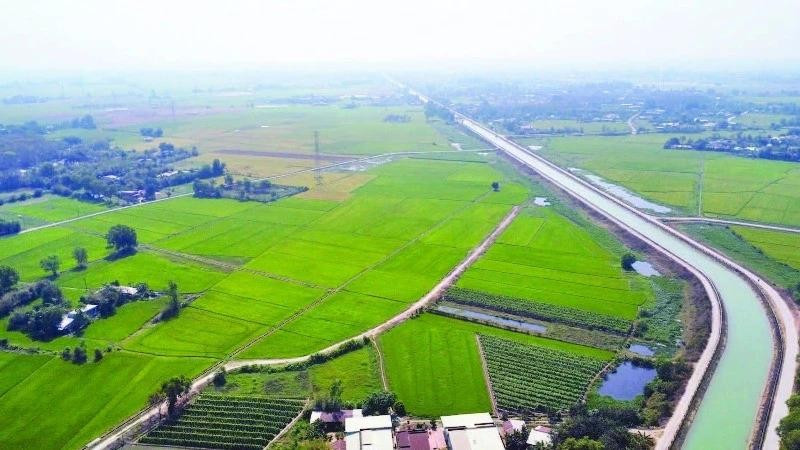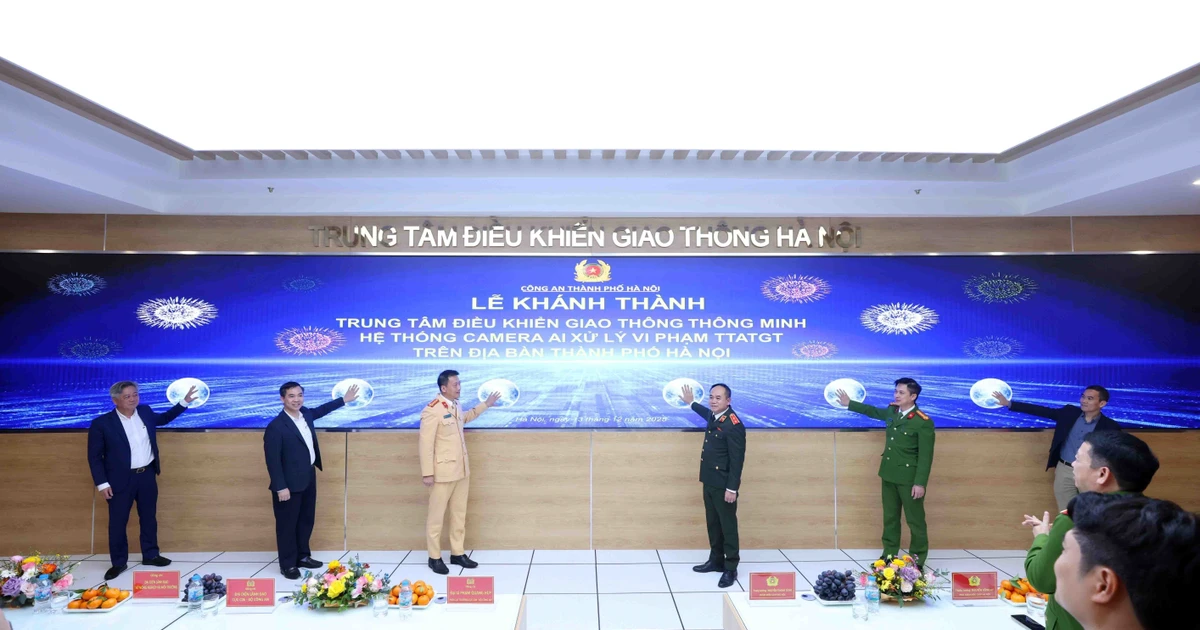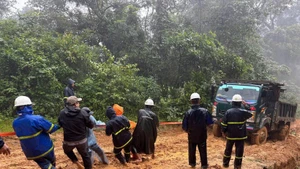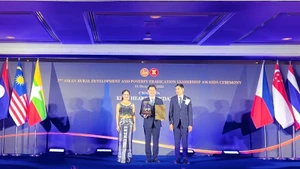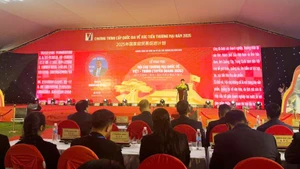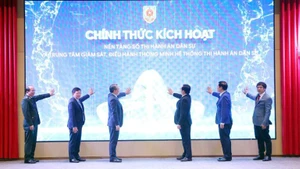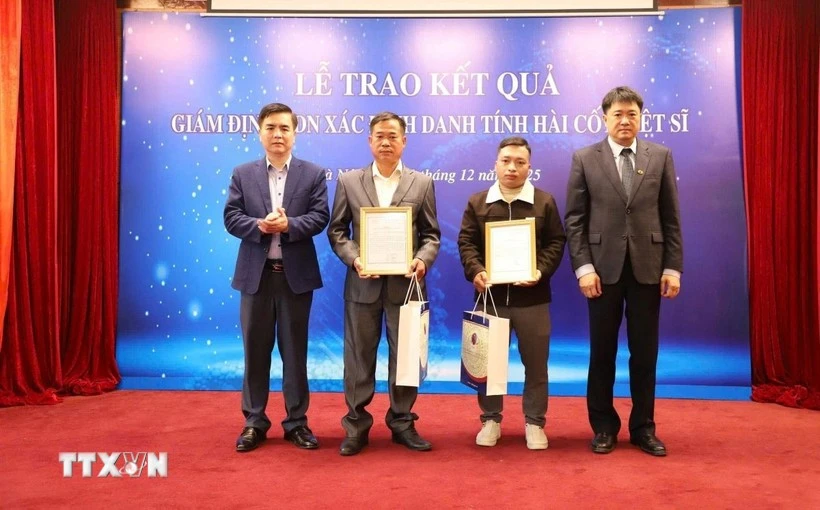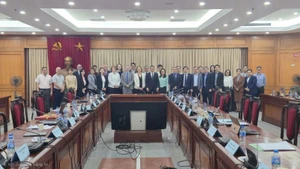Throughout the 30 years of resistance against French colonialists and American imperialists, Cu Chi was a fiercely contested battleground between revolutionary forces and the enemy. Located on the northwestern gateway to Sai Gon, it served as a strategic base for the Party Committee and Military Region of Sai Gon-Gia Dinh and a launching point for attacks on the puppet regime’s central stronghold. Cu Chi is also renowned for its extensive and resilient tunnel network, stretching over 200 kilometres underground, with multiple levels and interwoven pathways, reinforced by more than 500 kilometres of trenches and above-ground fortifications. These provided cover for troops and civilians engaged in combat, production, and revolutionary activities. Le Huu Duc, former Secretary of the Cu Chi District Party Committee and a former guerrilla fighter during the resistance against the US, shared that despite the brutal war, the people of Cu Chi remained unwaveringly loyal to the revolution. He believes that the strength of the resistance here stemmed from the deep unity between the military strategy and the people's support.
To sustain revolutionary forces, Cu Chi families risked their lives day and night to shelter and supply food to soldiers. The enemy sought to “take the fish out of water” by cutting off all supply lines and ruthlessly executing anyone found delivering food to the revolutionaries. Yet the people stood firm, unshaken and undeterred, contributing to the final victory of the nation.
After the liberation of the South, Cu Chi was among the districts that bore the heaviest scars of war. The land was ravaged, with few areas left intact. Tens of thousands of homes were burned or destroyed, fields were torn apart, bomb craters scarred the ground, and explosives lay hidden beneath the soil. Cu Chi alone recorded nearly 11,000 fallen soldiers, over 3,000 wounded and sick veterans, and more than 10,000 families of fallen soldiers and revolutionary contributors.
Carrying forward the tradition of resilience and sacrifice, following independence, the Party, authorities, armed forces, and people of Cu Chi joined hands in the arduous but determined effort to rebuild their homeland. Their initial focus was on developing basic infrastructure such as electricity, roads, schools, and health stations, with a standout achievement being the investment in an irrigation canal system for agricultural production.
The roughly 500-kilometre-long Dong Canal was officially put into operation in 1985. It became a symbol of the nation's irrigation development and helped lift Cu Chi out of hunger by tripling agricultural productivity, transforming barren lands into fertile and abundant farmland.
Nguyen Quyet Thang, Secretary of the Cu Chi District Party Committee, noted that during wartime, Cu Chi’s feats were written into history through the legendary tunnel village, earning it the titles “Land of Steel, Fortress of Bronze” and “Hero of the People’s Armed Forces”. In peacetime, the district has been honoured with the title “Hero of Labour in the Renovation Era”.
Cu Chi’s economy continues to grow steadily. The district is undergoing a well-directed economic transition that gradually increases the share of industry, commerce, services, and sustainable urban agriculture. Support for policy beneficiary families and those with revolutionary contributions remains a top priority.
Moreover, the National Target Programme on New-Style Rural Development has been implemented in a comprehensive manner from district to commune levels, with Cu Chi now meeting all required criteria. Notably, the district has achieved the goal of eliminating poverty based on Ho Chi Minh City's standards for the 2021–2025 period. In 2024, the average per capita income reached 94.083 million VND per year. Five industrial clusters have been established across the district, attracting investment and creating jobs for thousands of workers.
With its strategic advantage and vital role in linking the Southern Key Economic Region, Secretary Nguyen Quyet Thang affirmed: “Cu Chi will continue to harness its internal strength, turning the pride of the past into a driving force for construction and development.” By 2050, Cu Chi is expected to establish five more industrial parks, including An Phu (328 ha), Trung An (300 ha), and Tan Phu Trung zones 2, 3, and 4 (600 ha). According to Ho Chi Minh City’s master plan for the 2021–2030 period, with a vision to 2050, Cu Chi will evolve into a modern satellite urban area, acting as a gateway connecting the city to neighbouring provinces. It will become a hub for industry and high-tech zones, integrated with high-tech, ecological, and organic agriculture.
